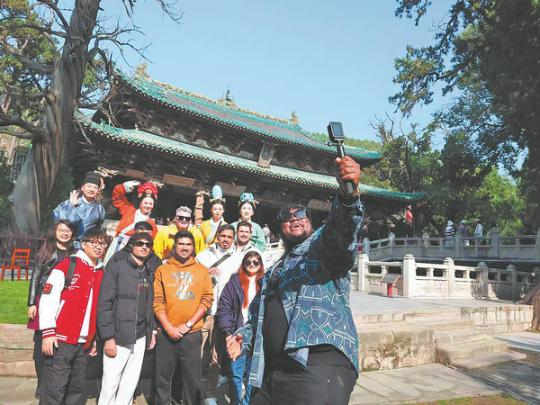
During the "Discovering Shanxi's Ancient Chinese Architecture — Overseas Media and Students Tour", held from Oct 14 to 18, the North China province of Shanxi revealed its culture and vitality to a group of overseas visitors.

Walmart China has announced that Liu Peng has joined the company as president of Sam's Club China, its membership-store format, highlighting the retailer's push to integrate digital innovation with the in-store experience as it accelerates growth in the Chinese market.

The UN Framework Convention on Climate Change (UNFCCC) on Tuesday released its 2025 synthesis report on nationally determined contributions (NDCs), showing improved quality, credibility, and economic coverage.
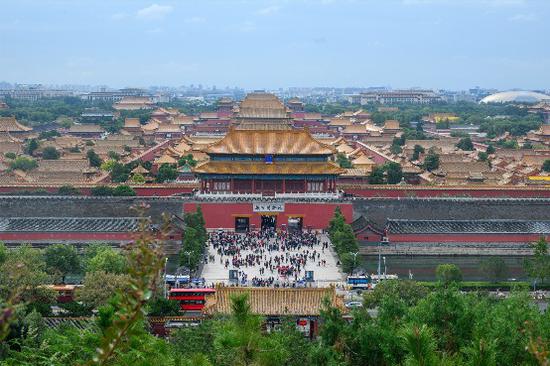
President Xi Jinping has called for giving full play to the role of the Palace Museum and turning it into an important window for the world to better understand Chinese civilization and the Chinese nation, as he visited an exhibition marking the museum's 100th founding anniversary on Monday.

The year 2025 marks the 20th anniversary of the establishment of the comprehensive strategic partnership between China and Spain. What are the historical origins of China Studies in Spain and Latin America? What is the current state of cultural exchange between China and Spain? How can the world better understand China?
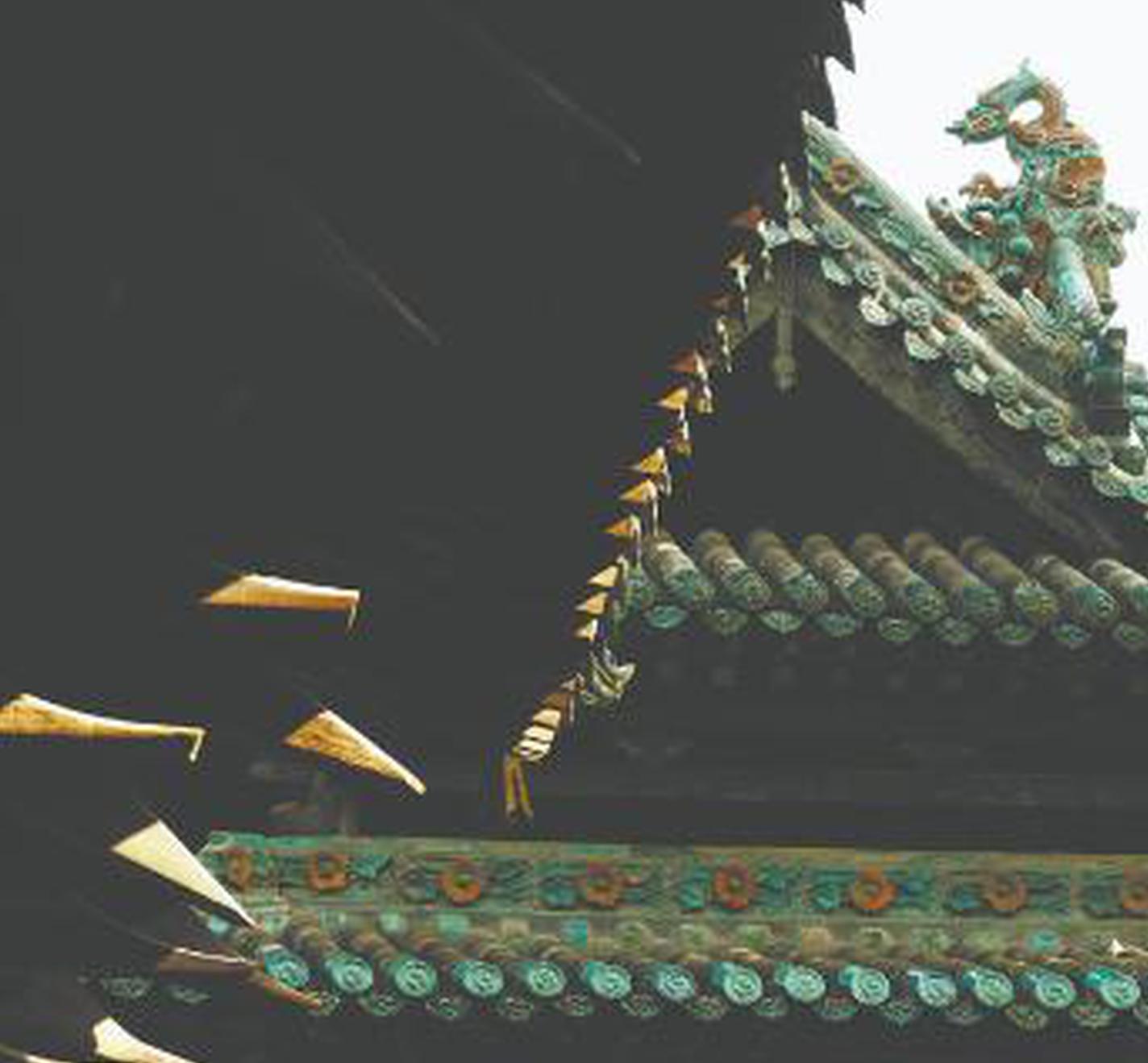
For five years, I've lived in Beijing, photographing its temples, courtyards and the impressive details of its imperial architecture. I thought I had come to understand the language of Chinese design — the colors, proportions and symmetry that express the nation's sense of harmony.
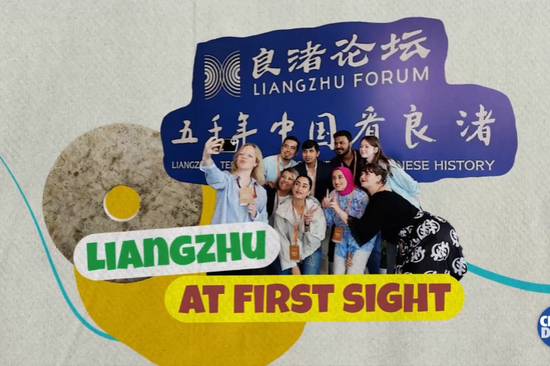
As the third Liangzhu Forum commenced in Hangzhou, East China's Zhejiang province, on Oct 18, a group of international culture enthusiasts and Gen Z content creators gathered to explore the roots of Chinese civilization in the city.
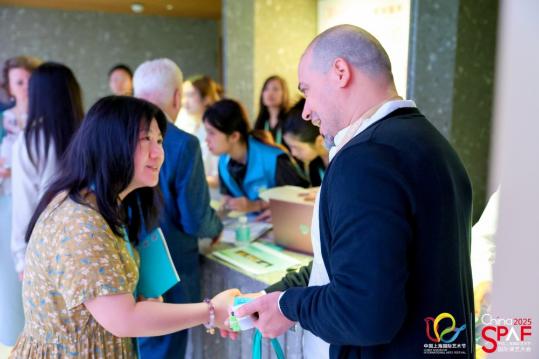
The performance of Kunqu Opera classics from the Imperial Palace at Shanghai Grand Theatre on Friday night marked the opening of the 24th China Shanghai International Arts Festival.
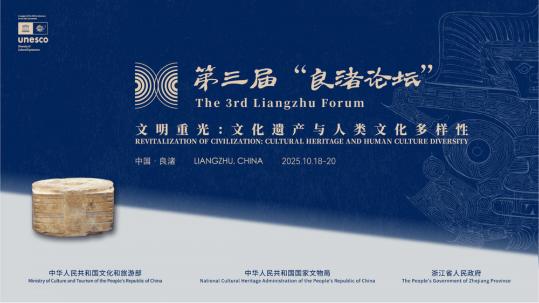
According to organizers, the four sub-forums will discuss the modern relevance of ancient civilizations, archaeological site protection, museum innovation and the preservation of cultural heritage.
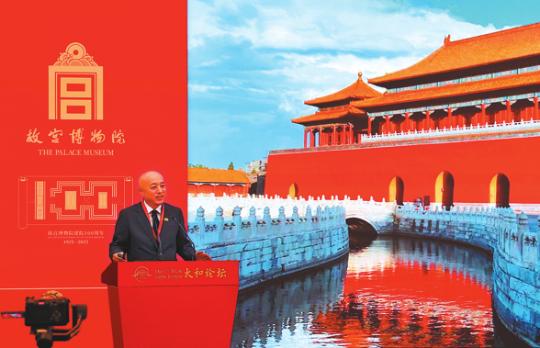
Standing at a new starting point, the century-old Palace Museum in Beijing is drawing on its past experiences to enhance international engagement and open a new chapter for the future, experts said at a key international cultural event.

To some observers, the breakthrough of Pop Mart's Labubu collectible dolls as a worldwide craze is a random, even ephemeral event. But to business experts, it reflects something deeper, a transformation from the "Made in China" brand to a new label, "Created in China", and is symbolic of the rise of China's cultural exports.

A boy points at a poster for the premiere of the Chinese animated film Ne Zha 2in a cinema in Buenos Aires, Argentina, on Oct 2.' or 'What about (insert political issues).' The positive reception marked a rare and notable shift." Both Deng and Pereira said Labubu fever is a signal.

Eight universities from the Hong Kong Special Administrative Region have been named in the Times Higher Education (THE) World University Rankings 2026, with five retaining spots in the global top 100 and all improving their international standing.
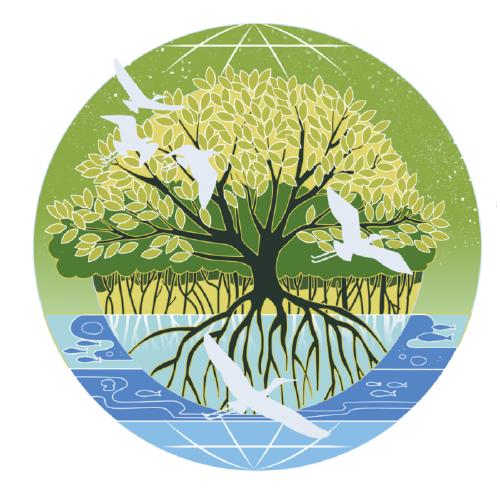
In a century likely to be defined by climate extremes, the fusion of tradition and technology may just be the most sustainable path forward. The author is professor at the School of Architecture and Urban Planning, Chongqing University.
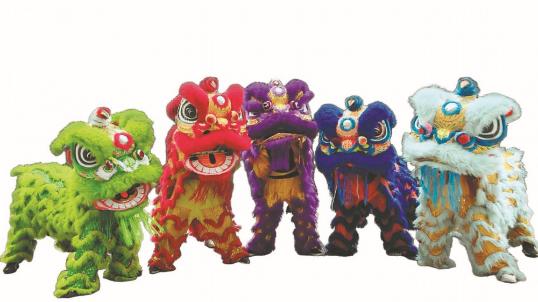
Around May 2022, Anthony Kahuro, a kung fu teacher at the Confucius Institute at Kenya's University of Nairobi, approached Wang Shangxue, who had just joined the institute as director, to discuss the possibility of starting a lion dance club.

The shared identity and family ties between people on both sides of the Taiwan Strait was the main theme of a Mid-Autumn Festival gathering on Saturday in Fuzhou, capital of East China's Fujian province.
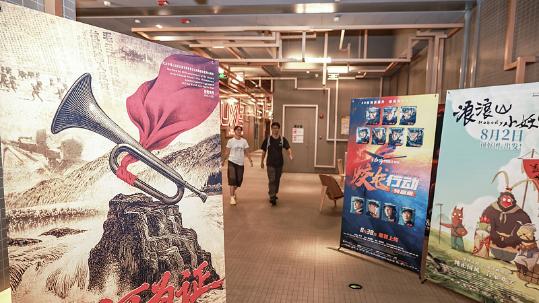
By 6:08 p.m. on Saturday, the total box office revenue of China's National Day holiday had surpassed the 1.1-billion-yuan (about $155 million) mark, according to online platform data.

Models showcase new collections from NEXY.CO at the Shenzhen Futian Fashion Day in Paris, France on Sept 29.In 2024, the added value of the fashion industry accounted for 15 percent of regional GDP, with over 1,700 significant enterprises generating more than 524 billion yuan ($73.59 billion) in annual revenue.

China showcased the unique charm and vibrant vitality of its culture and tourism attractions at the Tourism EXPO Japan held in Aichi Prefecture.

The 2025 China International Online Literature Week kicks off in Hangzhou, East China's Zhejiang province.As Chinese stories travel across borders through online literature, the medium has become part of the "new three pillars" of China's cultural exports—alongside online dramas and games—serving as a key bridge for sharing traditional Chinese culture with the world.

Dozens of Pi's creations — from sci-fi automatons to anime characters — are now on display in the park's showroom. For Pi, this is more than an exhibition.His income has stabilized, and he is now considering building up a small team of assistants. The models are not limited to paper art.
The China-Hungary cultural exchange event was held in Budapest, Hungary, September 26, 2025.CMG has long been committed to promoting mutual understanding and friendship between the peoples of China and Hungary.
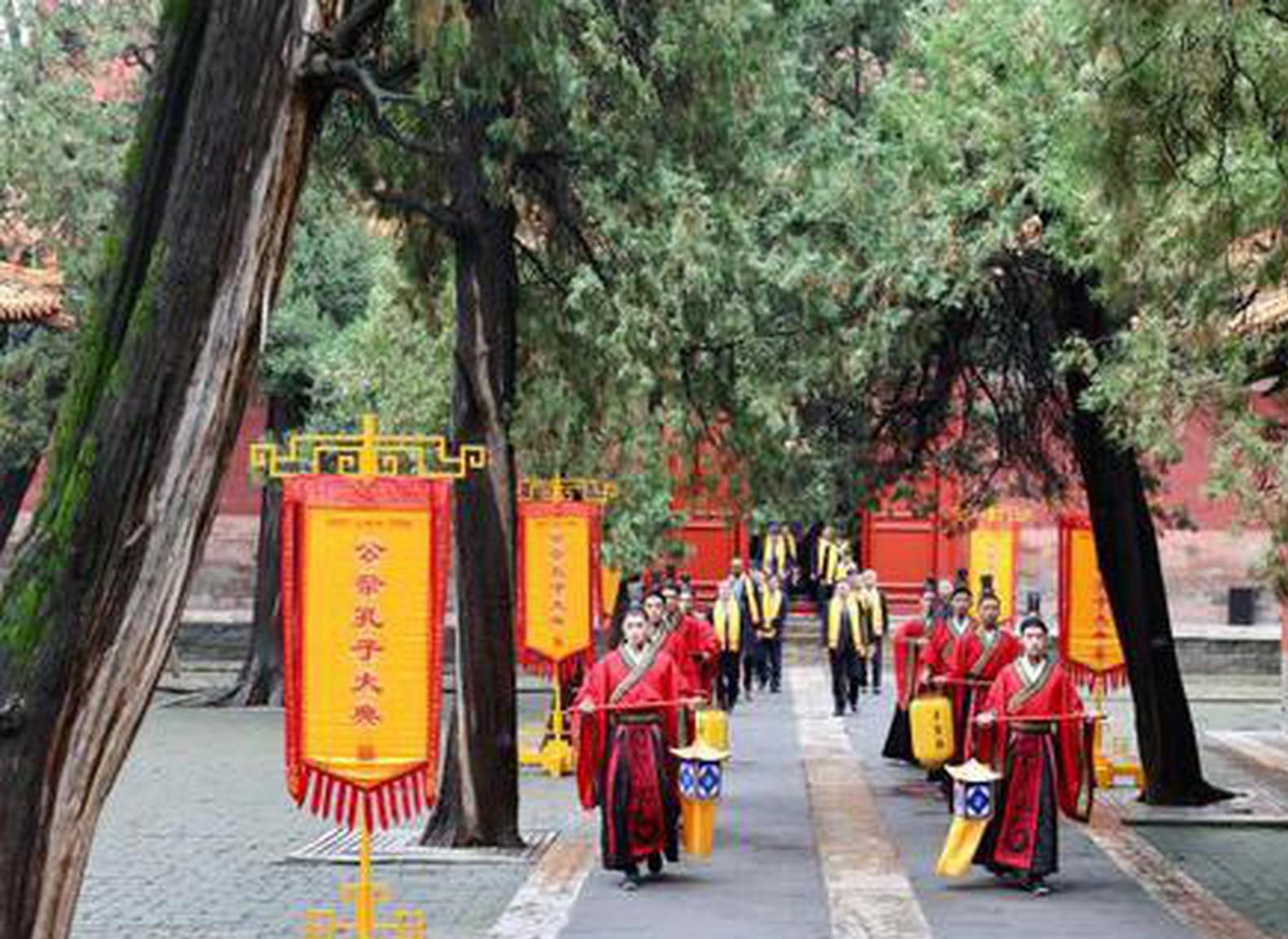
A grand ceremony commemorating the 2,576th anniversary of Confucius (551-479 BC) was held in Qufu, the hometown of the ancient philosopher in East China's Shandong Province, on Sunday.
Ouyang An, director of the China National Tourist Office in Tokyo, said cultural exchanges between China and Japan are growing steadily, with tourism cooperation gaining momentum.

As Super Typhoon Ragasa approaches, public transportation in Guangdong province — particularly train services — will be heavily disrupted starting on Tuesday, while most coastal cities in the province have suspended school, work, production and business operations.
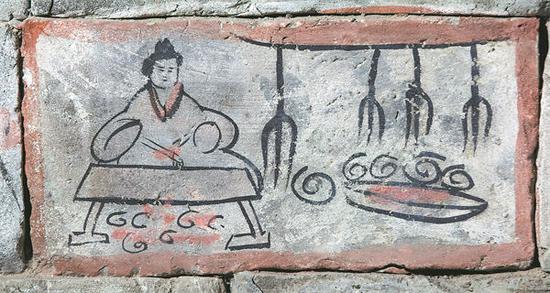
In the heart of the Gobi Desert, where the sands whisper tales of ancient times, lies an unexpected culinary delight immortalized in stone — perhaps indicative of the world's oldest barbecue party.
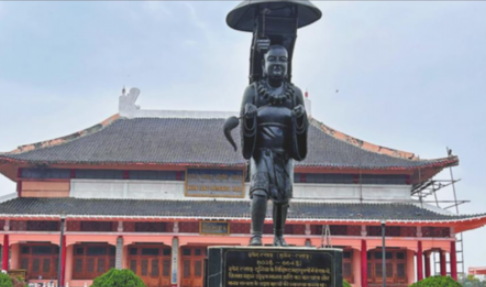
In hand with a masala dosa, a crispy South Indian crepe stuffed with spicy potato curry, Chinese youth Yang Rui, 21, began his one-day exploration of India. He boarded the Hyderabad Metro to the English and Foreign Languages University, eager to dive into a culture he could experience outside textbooks.

Zhang Ruiyang, who only began skating at the senior level this year, has emerged as a legitimate hope to break the long-standing stranglehold on women's singles of Russian, Japanese and North American heavyweights.

Doctors in Guangdong province are urging people to adopt healthier eating and exercise habits to control uric acid levels, as the coastal region records a significant number of gout patients.
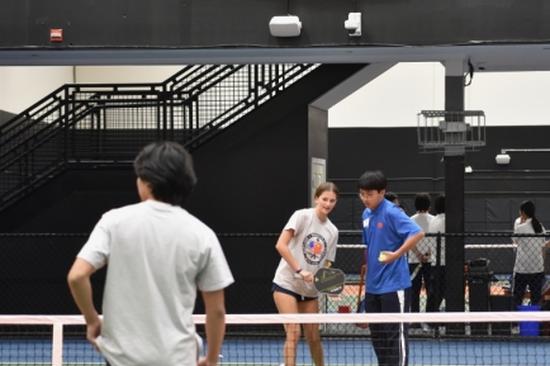
China has received more than 36,000 young people from the United States through exchange programs in the past two years, inspired by President Xi Jinping's "50,000 in Five Years" initiative, a senior education official said on Tuesday.
 京公网安备 11010202009201号] [京ICP备05004340号-1]
京公网安备 11010202009201号] [京ICP备05004340号-1]